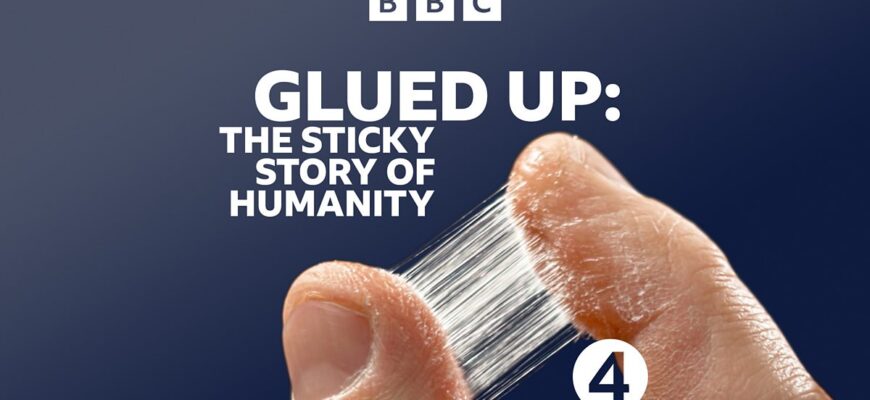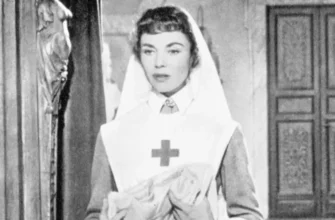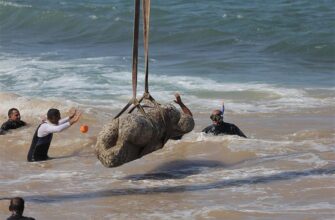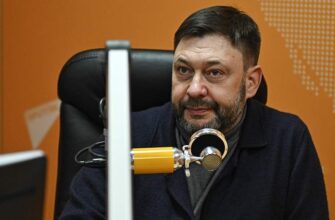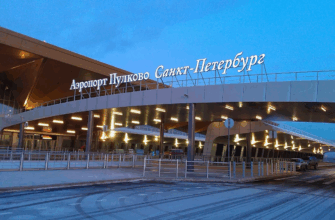In a world often characterized by its divisions, a recent statement from Russian President Vladimir Putin highlighted a refreshingly universal truth: science, sport, and art are inherently unifying forces. Speaking from Sarov, a hub of Russian nuclear research, Putin underscored that these domains have always served to bring people together and, he believes, always will. This sentiment, though delivered within a specific geopolitical context, resonates with a profound human experience that transcends national borders and ideological divides.
Science: The Unbiased Quest for Understanding
The realm of science, at its core, is a collaborative endeavor built upon shared curiosity and the pursuit of objective truth. Unlike political discourse, the laws of physics do not discriminate by nationality, and a breakthrough in medicine benefits all of humanity, irrespective of its origin. From unraveling the mysteries of the cosmos to combating global pandemics, scientific advancement is fundamentally a collective human project.
Consider the International Space Station (ISS), a marvel of engineering and a testament to international cooperation. Astronauts from various nations literally live and work side-by-side, orbiting a planet that appears remarkably unified from their vantage point. Here, the immediate objectives of discovery and survival far outweigh any earthly squabbles. Similarly, research into climate change, a truly global threat, necessitates collaboration across continents, pooling resources and intellect to understand and mitigate its effects. Pathogens, too, are commendably apolitical in their spread, forcing scientists worldwide to collaborate on vaccines and treatments. The periodic table, after all, recognizes no flags.
Sport: The Theater of Universal Emotions
Sport, in its purest form, offers a universal language of competition, skill, and shared emotion. The roar of a crowd witnessing an improbable victory, the collective sigh at a heartbreaking defeat – these are sentiments understood and felt by billions, regardless of their native tongue or cultural background. Major global events like the Olympic Games or the FIFA World Cup transform cities into melting pots of fans, where rivalry on the field is often accompanied by camaraderie in the stands.
While national pride is undeniably a significant element in international sports, it`s a peculiar kind of unity. It binds communities together in support of their representatives, creating a powerful, albeit often temporary, sense of collective identity. But beyond the flags and anthems, the fundamental rules of fair play, the dedication of athletes, and the sheer spectacle of human achievement resonate deeply. Whether it’s the elegance of a gymnast, the raw power of a weightlifter, or the strategic brilliance of a football team, these displays speak to an intrinsic human appreciation for excellence and the drama of competition. A well-executed goal evokes gasps and cheers universally, a testament to its transcendent appeal.
Art: The Bridge of Human Experience
Art, perhaps the most intangible of the three, operates on the deepest levels of human connection. A melody can evoke joy or sorrow without a single word being spoken. A painting can convey profound emotions that transcend linguistic barriers. Literature, even in translation, allows us to step into the shoes of others, fostering empathy and understanding across diverse cultures and historical periods. Artistic expression — be it music, dance, visual arts, or storytelling — taps into universal human experiences: love, loss, hope, despair, celebration, and struggle.
Throughout history, art has been a silent diplomat, a chronicler of civilizations, and a bridge between disparate peoples. Cultural exchange programs, art exhibitions, and international film festivals frequently aim to foster mutual understanding and appreciation. Even in times of geopolitical tension, art has often found a way to persist and connect. A shared appreciation for a classical symphony or a contemporary film can create pockets of common ground, reminding us that beneath the surface of political differences lies a shared humanity capable of creating and appreciating beauty. One might even argue that while politicians divide, artists intuitively seek to mend, offering perspectives that challenge us to see beyond our immediate circumstances.
The assertion that science, sport, and art are unifying forces is not merely an optimistic platitude; it is an observation of their fundamental role in human civilization. They provide avenues for cooperation, shared passion, and empathetic understanding that can, and often do, bypass the complexities of national interests and political ideologies. In a dynamic and interconnected world, recognizing and nurturing these universal endeavors remains crucial for fostering a more cohesive and collaborative future. They are, in essence, the enduring threads in the tapestry of our collective human story.

